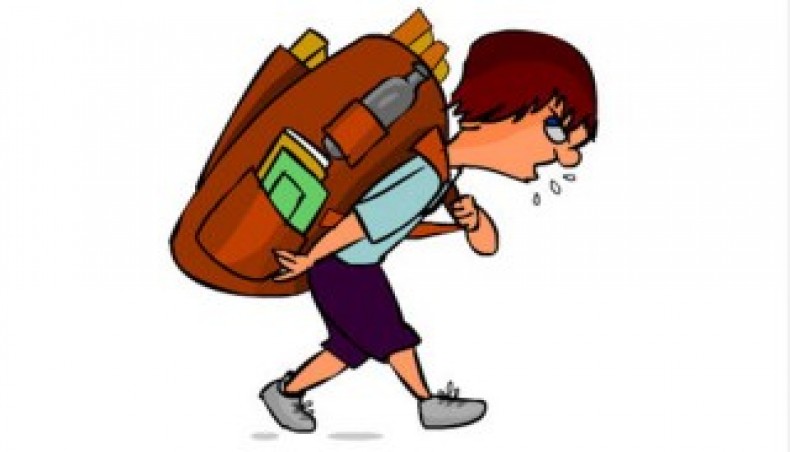Number falls in pry schools
The number of students with disabilities dropped at the mainstream primary schools in last four years but their number increased at special schools during the same period.
Educationists blamed unfriendly infrastructure and teachers’ attitude for the decline of disabled students in the mainstream primary schools run by the government.
The ground realities belied the governments goal to increase the intake of disabled students by five per cent annually.
According to the primary education directorate number of students with disabilities at primary schools across the board dropped to 81,891 in 2016 from 1,12,444 in 2013.
Rights activists and parents complained that many mainstream primary schools ‘still refuse’ to enroll students with disabilities, flouting an order issued by the government in 2009 to enroll children with special needs.
Even if admitted by mainstream primary schools their unfriendly infrastructure and teachers discourage the disabled students’ pursuit of education.
Right to education activists said that depriving the disabled children from education by the mainstream primary schools segregate them from the society that led them to feel themselves as burdens on the society and their families.
DPE director general Abu Hena Mostafa Kamal was unable to say why the number of disabled students dropped in the mainstream primary schools.
‘We are planning to hold a benchmark study to know why the number of students with disabilities dropped in the mainstream primary schools,’ he said.
The number of disabled students at primary schools across the board dropped to 81,891 in 2016 from 1,12,444 in 2013.
Their number at government primary schools dropped to 48,933 in 2016, from 61,379 in 2013.
At newly nationalized primary schools the number of students with disabilities dropped to 18,089 in 2016 from 21,329 in 2013.
Primary schools enroll children with mild physical handicaps, including the autistic, those with poor eyesight and short of hearing.
But the number of students with disabilities increased in all the special non government schools, only some of which get grants from the Ministry of Social Welfare.
The number of special schools run across the country by the Society for the Welfare of the Intellectually Disabled Bangladesh, better known as SWID Bangladesh, increased to 344 in 2016 from 150 in 2013.
The number of students with intellectual disabilities, autism, down syndrome and other disabilities in these special schools increased to 15,000 in 2016 from 8,000 in 2013, said SWID Bangladesh director Nurul Islam.
The number of special schools for the disabled students across the country run by Bangladesh Pratibandhi Foundation rose to 12 in 2016 from 10 in 2013.
The number of disabled students in these special schools increased to 2,200 in 2016 from 1,925 in 2013, said BPF executive director Shamim Ferdous.
Generally, mainstream primary schools’ infrastructure, physical facilities like their main gate, entrance to classrooms, seats, placement of chalk boards, corridors, stairs and the toilets were far from friendly to the learners with disabilities, said academics and rights activists.
Shamim Ferdous quoted parents as complaining that the mainstream primary school teachers were reluctant to have students with disabilities out of fears that they could spoil classroom teaching atmosphere.
Nurul Islam said that there were instances of parents withdrawing their disabled children from mainstream primary schools due to teachers refusal to teach them calling them naïve and foolish.
Both said, ‘ Parents prefer our special schools considering that their disabled children would get better care, education and friendly atmosphere in them.’
DPE director general said that all schools were bound to enroll children with special needs and refusal could entail punitive action.
He disagreed with the suggestion that rampant refusals were reported from across the country but admitted that stray incidents do occur due to teachers negative attitude.
He also said that efforts were on to improve the facilities for the disabled students in the mainstream primary schools.
- See more at: http://www.newagebd.net/article/7197/number-falls-in-pry-schools#sthash.DaqvVDqE.dpuf











